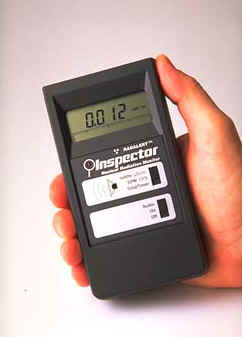

Injuries to the brain may also play a role. Stress, a lack of sleep, certain medications, and other factors can affect your brain and the type of brain waves it produces. This is similar to how your brain cycles through brain waves.īut there are factors that can disrupt this healthy balance. Imagine yourself flipping through a radio dial, stopping for a little while to catch a tune on each station before moving on to the next. Your brain cycles through all five of the different types of brain waves at various times. Is it important to keep your brain waves balanced? While more research is needed to further explain this association, we know from other research that nuts offer numerous other health benefits.

According to the same study, popping peanuts could generate more delta waves. While this suggestion might raise your eyebrows, a 2017 study showed that eating certain nuts, notably pistachios, seemed to produce a greater gamma wave response.

So, while the exact method of boosting gamma waves through meditation still needs to be determined, you can still reap other benefits from this practice.Īnother possible way to help your brain produce more gamma waves? Eat pistachios. Research has shown that it’s especially helpful for reducing stress, anxiety, and depression. Meditation does have numerous other health benefits, though. As such, more research is needed to narrow down the exact processes that can boost the gamma wave production before one particular style can be recommended for this purpose. However, meditation processes vary widely. In fact, one study of yoga practitioners showed that people who focused on their breath experienced even greater increases in gamma wave production than they did during the meditation part of their practice. Focusing your attention on your breathing may help, too. Some research suggests that you may be able to boost your gamma wave production by meditating. An EEG would measure these waves in the 0.5 and 4 Hz range. Deltaĭeep dreamless sleep produces a type of brain wave known as the delta wave. They can occur when you’re sleeping, but they tend to be more dominant when you’re deeply relaxed or in a meditative state. Theta waves are the brain waves that occur in the 3 to 8 Hz range. They tend to measure between 8 and 12 Hz. Alpha brain waves are situated in the middle of the spectrum of brain waves. When you’re awake but feeling quiet and contemplative, that’s when alpha waves tend to rise to the occasion. These waves tend to measure in the 12 to 38 Hz range. If your doctor evaluates your brain with an EEG while you’re awake, alert, and engaged, the predominant waves will be beta waves. Besides fast-moving gamma waves, your brain also produces the following types of brain waves. Gamma waves, of course, appear at the fast end of the spectrum. Think of brain waves as a spectrum that range from very fast to very slow. How are gamma waves different to other brain waves?


 0 kommentar(er)
0 kommentar(er)
